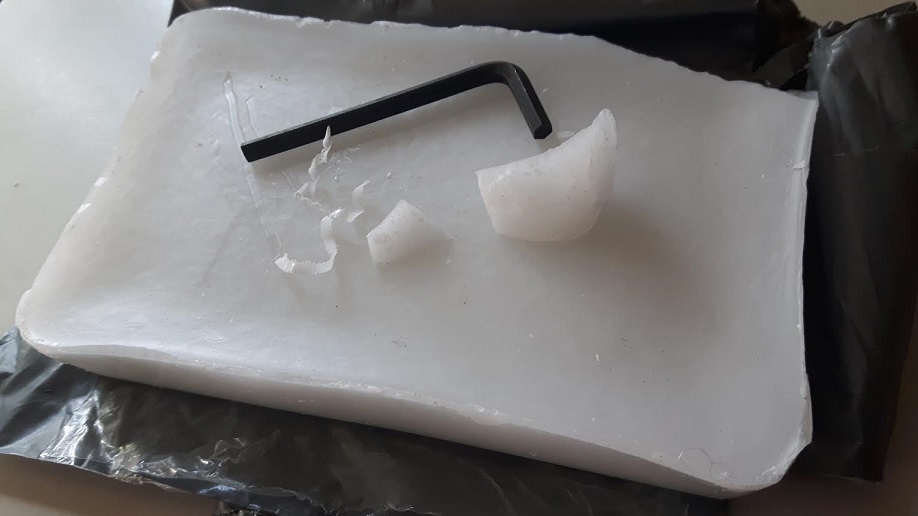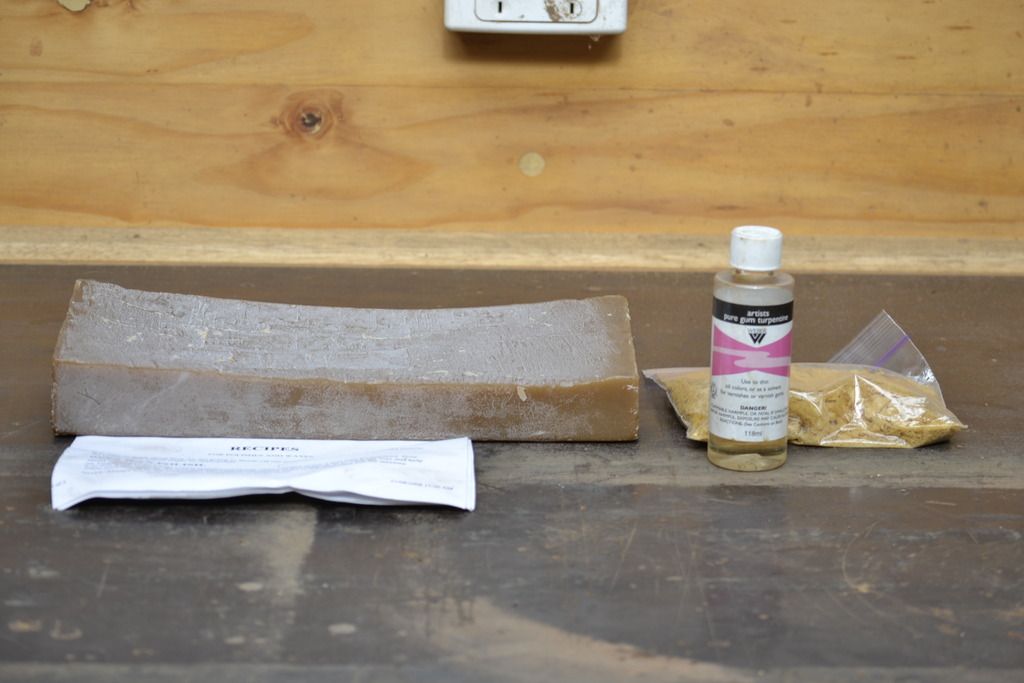swagman":m5tcjx37 said:
If you want to make your own traditional furniture polish using beeswax; don't mix it with ordinary white spirits; use pure gum turpentine; it doesn't evaporate as quickly; allowing greater time for the mix to remain soluble, resulting in a deeper penetration within the wood surface. Refer to msds recommendations when using pure gum turpentine.
...[/url]
http://cambridgetraditionalproducts.co. ... ure-polish
I have to say it, anything that quotes the old saw of a polish "feeding" the wood should be read with a healthy dose of scepticism. And that quote from Kramer,
"Mineral spirit is a petroleum derivative and is of no benefit to, nor is it compatible with wood." really gets on my tit every time I read it. All the various versions of white spirit don't seem to have done major harm to wood as part of the zillions of cans of varnish, Danish oil, teak oil, salad-bowl finish and enamel paints used in the last century!
Also, the evaporation rate of turps (oil of turpentine, gum spirits of turpentine, distilled turpentine, pure turpentine, all the same thing) can actually be higher than that of white spirits, not lower.
As far as the practical side of things goes, I doubt the (fairly minor) difference in evaporation rate makes any difference to penetration at all. But if that was felt to be a key factor then actually the best thing to use would be low-odour or 'odourless' spirits since it has by far the slowest evaporation rate in this class of solvents.


































